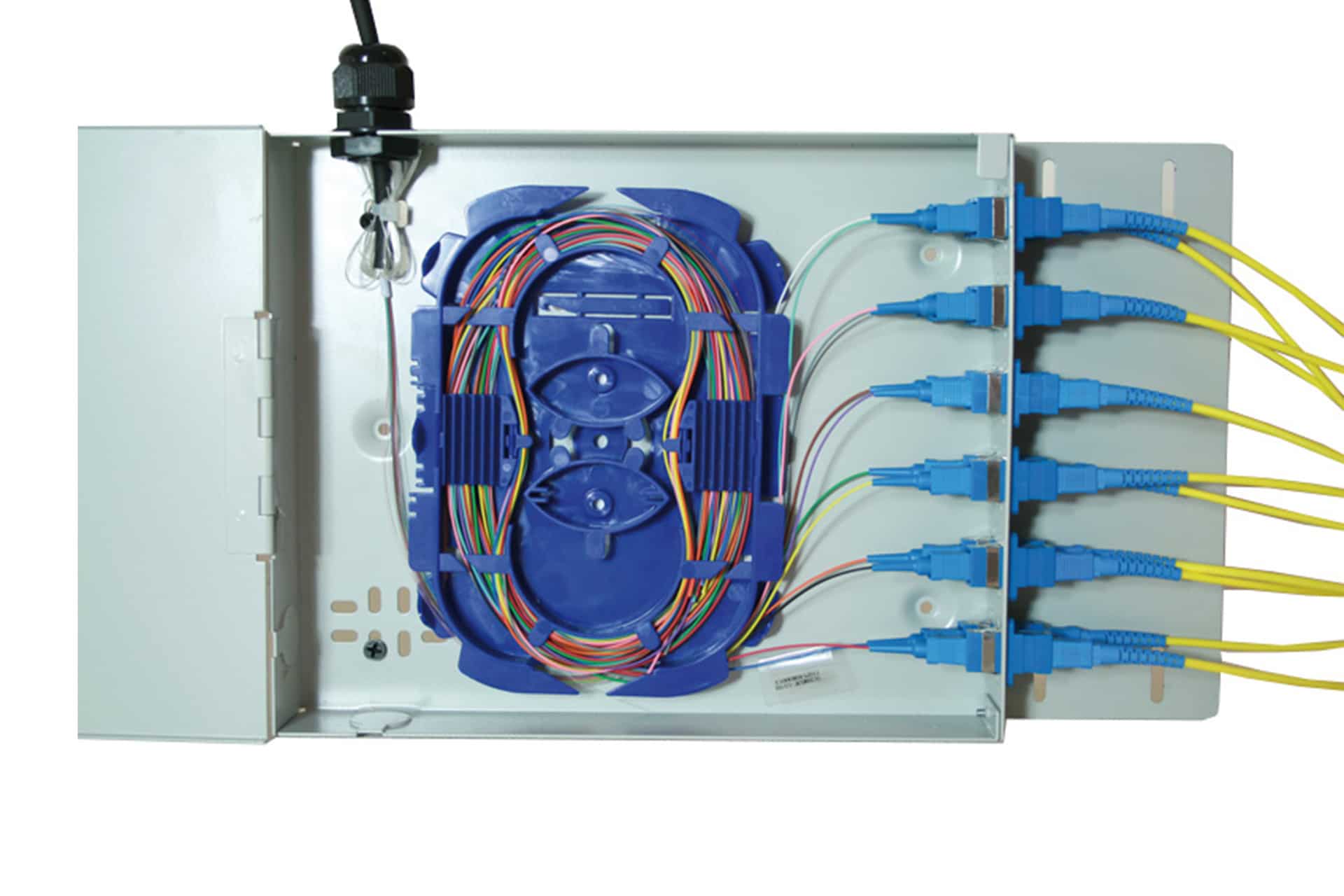
With the rapid advancement of technology, seamless connections have become a crucial aspect of our daily lives. Whether it's for communication, entertainment, or work, having a stable and reliable connection is essential. One technology that has greatly contributed to achieving seamless connections is the optical fibre fusion splicer. These devices are used to join optical fibres together by fusing the ends with heat, creating a continuous and strong connection. In this article, we will explore the benefits of optical fibre fusion splicers in modern technology.
One of the key advantages of optical fibre fusion splicers is their ability to create low-loss connections. When optical fibres are connected using fusion splicing, the loss of signal strength at the connection point is minimal. This results in a more efficient transmission of data, ensuring that information is delivered quickly and accurately. In comparison to other methods of joining optical fibres, such as mechanical splicing, fusion splicing provides a more reliable and long-lasting connection.
Another benefit of optical fibre fusion splicers is their versatility. These devices can be used with various types of optical fibres, including single-mode and multi-mode fibres. This flexibility makes fusion splicers suitable for a wide range of applications, from telecommunications networks to data centres. By being able to work with different types of fibres, optical fibre fusion splicers offer a cost-effective solution for creating high-quality connections in various settings.
In addition to their efficiency and versatility, optical fibre fusion splicers also offer speed and convenience. The process of fusion splicing can be completed in a matter of minutes, allowing for quick and easy connections to be made. This is particularly beneficial in scenarios where time is of the essence, such as in emergency situations or when conducting maintenance on optical fibre networks. The speed and convenience of optical fibre fusion splicers make them a valuable tool for ensuring continuous and uninterrupted connectivity.
Furthermore, optical fibre fusion splicers are known for their durability and reliability. These devices are designed to withstand harsh environmental conditions, ensuring that connections remain secure even in challenging settings. Whether it's extreme temperatures, high humidity, or mechanical stress, optical fibre fusion splicers are built to deliver consistent performance under various circumstances. This robustness makes fusion splicers an ideal choice for applications that require a high level of reliability and stability.
One of the most significant benefits of optical fibre fusion splicers is their impact on the overall performance of optical fibre networks. By creating strong and seamless connections, fusion splicers help to minimize signal loss and improve the efficiency of data transmission. This results in faster and more reliable communication, making optical fibre networks more responsive and dependable. Whether it's for internet services, telecommunication systems, or data transfer, the use of fusion splicers can significantly enhance the performance of optical fibre networks.
Overall, optical fibre fusion splicers play a vital role in ensuring seamless connections in modern technology. From their low-loss capabilities to their versatility and speed, fusion splicers offer numerous benefits that contribute to the efficiency and reliability of optical fibre networks. By investing in optical fibre fusion splicers, organizations can enhance their communication infrastructure, improve data transmission, and ensure a seamless connection experience for their users. As technology continues to evolve, optical fibre fusion splicers will undoubtedly remain a fundamental tool for achieving high-performance optical fibre networks.
